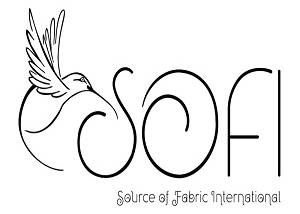Fabric printing is a fascinating process that brings vibrant designs and patterns to life on textiles. Whether for fashion, home decor, or special projects, understanding how fabric gets printed can enhance your appreciation for these creative textiles. In this article, we will explore the various methods of fabric printing, focusing on their unique processes, advantages, and applications.
The Basics of Fabric Printing
Fabric printing involves applying color to fabric in defined patterns or designs. There are several methods used to achieve this, each with its own set of techniques and tools. Let’s delve into the five key techniques of fabric printing.
1. Block Printing
Block Printing: An Ancient Art
Block printing is one of the oldest methods of fabric printing, dating back to ancient times. This technique involves carving a design into a wooden block, inking it, and then pressing it onto the fabric. Each color in the design requires a separate block.
Advantages of Block Printing:
- Handcrafted Appeal: Each piece is unique due to the manual process.
- Versatility: Suitable for small batches and custom designs.
Applications:
- Fashion: Traditional garments like saris and dresses.
- Home Decor: Cushion covers, curtains, and tablecloths.
2. Screen Printing
Screen Printing: Versatile and Popular
Screen printing, also known as silk screening, uses a stencil (or screen) to apply layers of ink on the fabric. Each color in the design is applied using a different screen.
Advantages of Screen Printing:
- Durability: Produces long-lasting prints that withstand multiple washes.
- Cost-Effective: Ideal for large orders due to its efficiency.
Applications:
- Fashion: T-shirts, hoodies, and other apparel.
- Promotional Items: Bags, banners, and more.
3. Digital Printing
Digital Printing: Cutting-Edge Technology
Digital printing is a modern technique that involves printing designs directly onto the fabric using inkjet technology. It allows for high-resolution images and intricate patterns.
Advantages of Digital Printing:
- High Precision: Produces sharp and detailed designs.
- Flexibility: Perfect for both small and large batches without the need for screens or plates.
Applications:
- Fashion: High-end garments and custom designs.
- Interior Design: Upholstery, wallpapers, and bespoke textiles.
4. Heat Transfer Printing
Heat Transfer Printing: Easy and Efficient
Heat transfer printing involves transferring a design from a special paper onto the fabric using heat and pressure. This method is often used for printing intricate designs and photographs.
Advantages of Heat Transfer Printing:
- Detailed Prints: Captures fine details and gradients.
- Quick Setup: Suitable for on-demand printing and small runs.
Applications:
- Fashion: Custom t-shirts and sportswear.
- Merchandise: Personalized gifts and promotional items.
5. Rotary Screen Printing
Rotary Screen Printing: High-Speed Production
Rotary screen printing is similar to flat screen printing but uses cylindrical screens. This allows for continuous and high-speed production, making it ideal for large-scale printing.
Advantages of Rotary Screen Printing:
- Efficiency: Can produce large quantities quickly.
- Consistency: Ensures uniformity across all prints.
Applications:
- Fashion: Mass-produced fabrics and garments.
- Home Textiles: Bed linens, curtains, and more.
Enhancing Your Fabric Printing Knowledge with SOFI
At SOFI, we specialize in providing top-notch fabric printing services. Whether you’re looking for traditional block prints, high-resolution digital prints, or efficient rotary screen prints, we have the expertise and equipment to meet your needs. Our commitment to quality ensures that every piece of fabric we print is vibrant, durable, and meticulously crafted. Must Read About Exploring the Evolution of Fabric Production Services in the Fashion Industr
Conclusion
Understanding the various fabric printing methods can help you make informed project decisions. Whether you need custom designs for a fashion line, promotional items, or home decor, knowing how fabric gets printed will enable you to choose the best method for your needs. At SOFI, we assist you with all your fabric printing requirements, providing high-quality services that bring your creative visions to life.
By exploring these techniques, you can appreciate the artistry and technology behind fabric printing and make the best choices for your unique projects. Visit SOFI for all your fabric printing needs and discover the difference that professional expertise can make.


